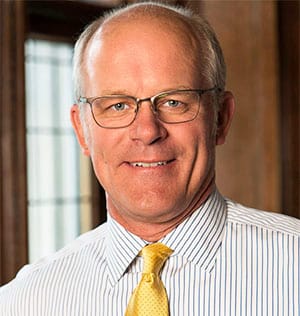Tinslee Lewis has been on life support in the neonatal ICU at Cook Children’s Medical Center, Fort Worth, Texas, since her birth in early 2019. Born with a rare heart defect that left her with chronic lung disease and severe high blood pressure, Tinslee requires full respiratory and cardiac support. Her physicians say she has no prospect of getting better and that her irreversible condition is deteriorating. Her family disagrees.
Doctors want to discontinue Tinslee’s care under a Texas state law that allows physicians to withhold what is known as “futile” or “non-beneficial care,” a provision that can be exercised if other hospitals refuse to accept the patient. Since no hospital has expressed interest in receiving Tinslee, Cook Children’s has gone to court to try to end the medical intervention that doctors say is “ravaging” her body. As is typical of patient cases involving extended life support, the high cost of care is also at issue. Through 2020, Cook Children’s had already spent $24 million in Medicaid funds to pay for Tinslee’s care.
In other prominent cases it has sometimes been the relatives of individuals living in a persistent vegetative state—not the hospitals—that have fought for the removal of life-prolonging treatment. In the 1970s, the parents of Karen Ann Quinlan appealed to the New Jersey Supreme Court to have her ventilator removed. In the 1980s, the parents of Nancy Cruzan took their quest to have her feeding tube removed all the way to the US Supreme Court. In the 1990s, the husband and legal guardian of Terri Schiavo argued that Terri would not have wanted prolonged artificial life support without the prospect of recovery. He sought the withdrawal of her artificial nutrition and hydration against the wishes of her parents.
Technological advances have only made legal clashes over end-of-life decisions more inevitable. Increased use of extracorporeal membrane-oxygenation machines, for example, which can keep patients alive even after their heart and lungs have ceased functioning, is causing relatives to push even harder for continued treatment. Says Robert Truog, director of Harvard Medical School’s Center for Bioethics, “it’s very hard to die in a modern ICU these days.”
Complicating the debate is what moral theologian Richard McCormick once called the secularization of medicine. With the medical profession and many patients largely divorced from a moral tradition, clinicians, hospitals, and families often turn to litigation for protection when medical care seems futile. But here is where those of us in the church can contribute to the moral discourse.
Some of my most rewarding conversations through decades of ministry have been those that helped people talk about death and the meaning of life in nonclinical ways. Too many patients die in over-medicalized conditions because of someone’s confidence that technology will ultimately triumph over death. Yet no matter what we throw at the fight against death, by faith we discover that eventual victory is more likely to be divine than technological.







